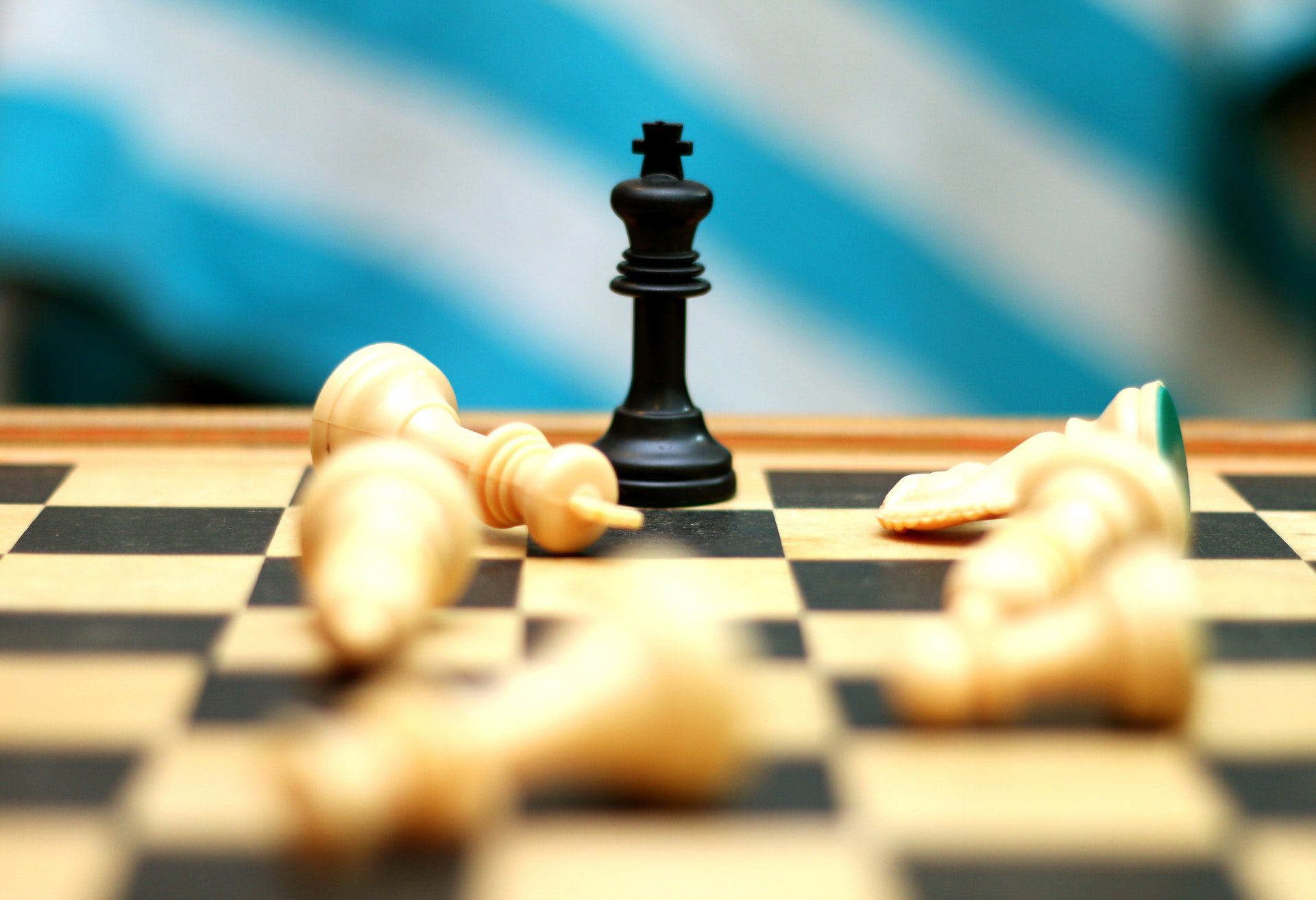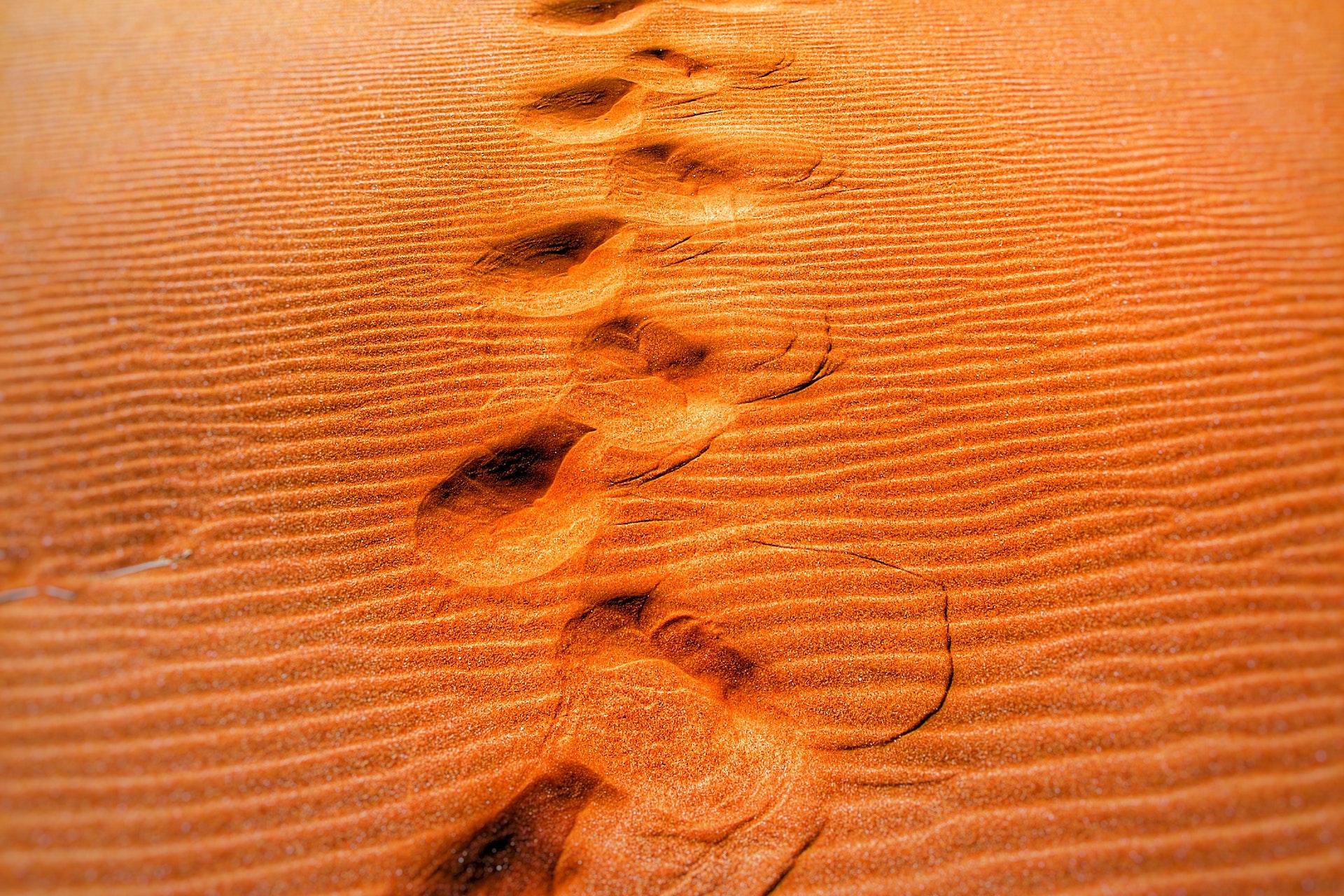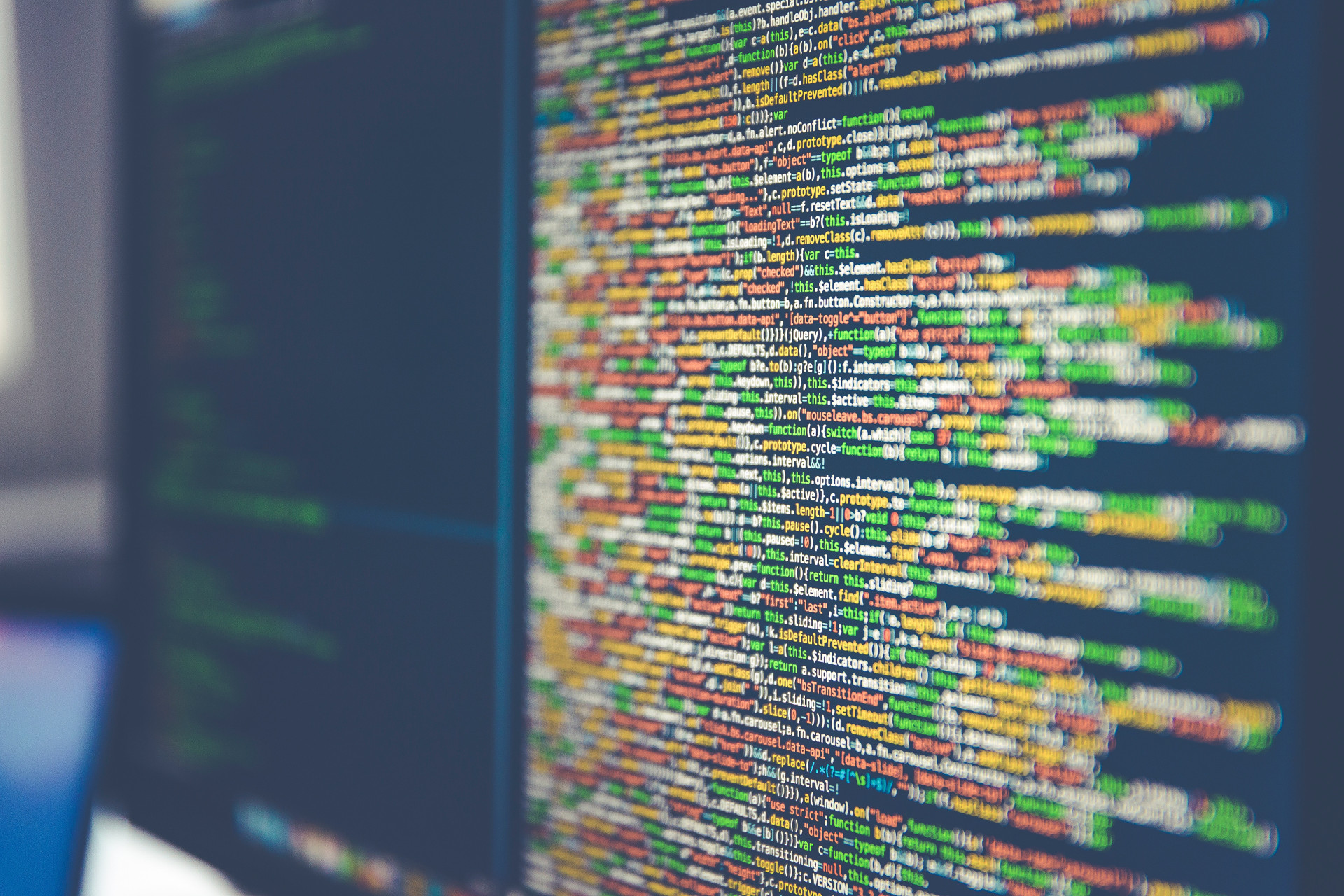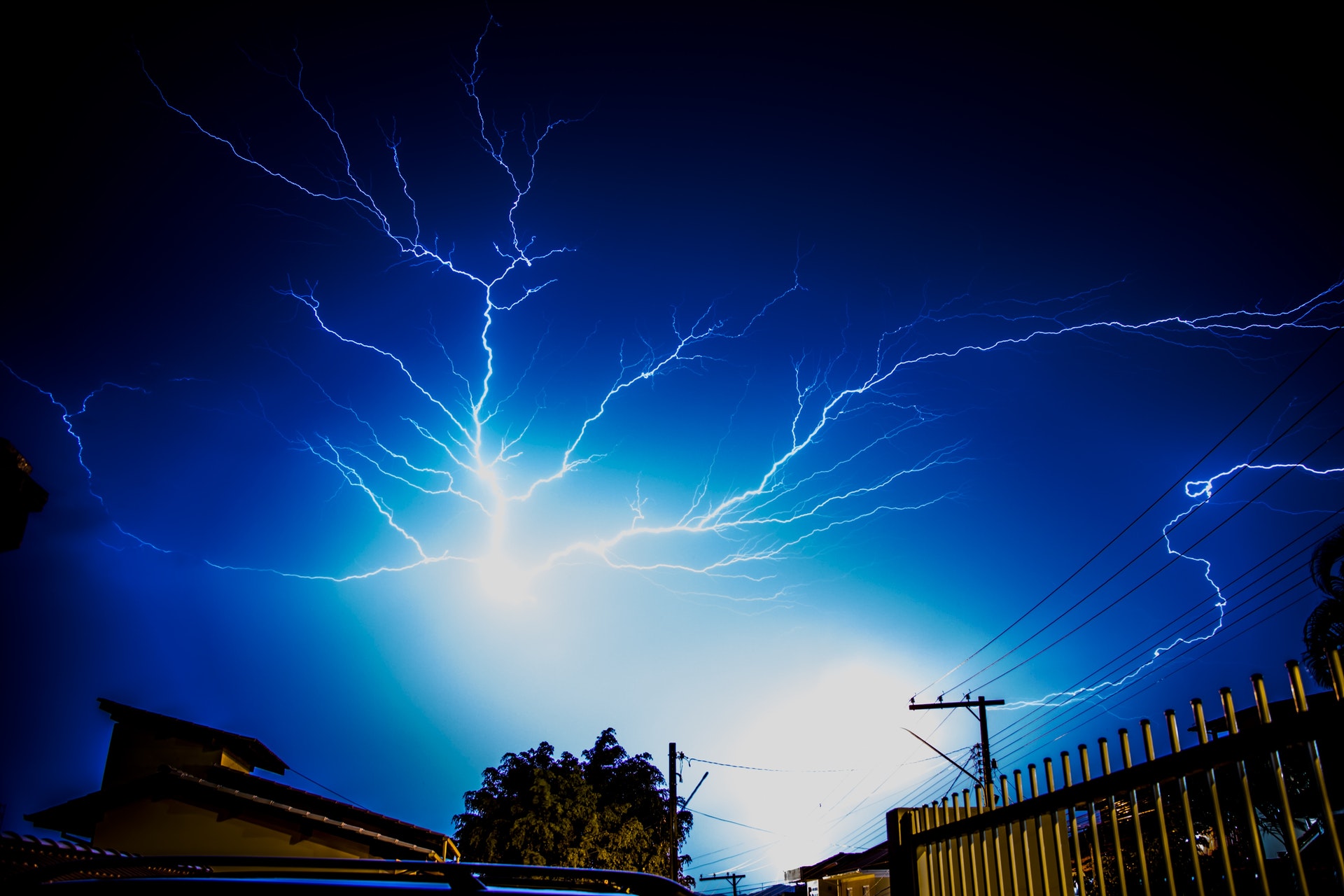
It was around quarter past midnight and Sam still had another four hours of his shift to go at the Hawaiian Volcano Observatory on the island of Kilauea. Inspite of him, a wide yawn escaped his lips. “Time for a coffee”, he thought and began to rise from his chair. A distinct beep caused him to stop midway. The graph on his monitor had begun to show spikes. A brief flat line and the second set of spikes appeared. “The P and S waves”, thought Sam, “the characteristic sign of an earthquake.” Thoughts of caffeine flew out and he began to pull up a set of screens to identify the epicenter. He pulled the results from Talbingo, Australia and Fukushima, Japan. The computer used the timings from these stations and created three circles, one each around Kilauea, Talbingo and Fukushima. The circles were large and intersected around 26 deg North, 72 deg East. It was close to the North Western border of the India tectonic plate. The screen also showed the magnitude on the modified Richter scale – 5.2.
“Not a strong one”, he thought, “I hope everyone is okay.” He began filing a report for his supervisors when a different screen began to show a lot of activity. Messages began popping up on the Yahoo! Pager application; a recently launched application to chat with friends. “Check out the news guys! India has tested a thermonuclear bomb”, said one window. “CNN is broadcasting the Indian PM’s speech”, was the reply to the former.
Sam walked over to the cafeteria and turned the TV to the news channel. On screen, Atal Bihari Vajpayee, the Indian PM was speaking. “Today, at 1545 hours, India conducted three underground nuclear tests in the Pokhran range. The tests conducted today were with a fission device, a low yield device and a thermonuclear device. The measured yields are in line with expected values. Measurements have also confirmed that there was no release of radioactivity into the atmosphere. These were contained explosions like the experiment conducted in May 1974. I warmly congratulate the scientists and engineers who have carried out these successful tests.”
Sam let out a low whistle, “I wonder what the world reaction would be”. Born to Punjabi parents, Samarjit “Sam” Chadha had heard a lot of stories about the partition of India & Pakistan. His father was just a child when his family had hurriedly packed up and taken the train to be on the Indian side of the border. Though he had moved to the US over 30 years ago, Sam’s father couldn’t stop the memories from bubbling up to the surface.
Nations were swift to condemn the tests. Pakistan blamed India for instigating a nuclear arms race in the region. The Pakistani Minister of Foreign Affairs dropped hints on his own country’s readiness to respond in the same coin. Over a fortnight later, on 28th May 1998, the seismograph recorded another series of spikes. This epicentered at Chagai, Pakistan, signalling their entry to the Nuclear Club. Sam’s only thoughts were, “It’s MAD… Mutually Assured Destruction.”








Twitter
Google+
Facebook
Reddit
LinkedIn
StumbleUpon
Pinterest
Email